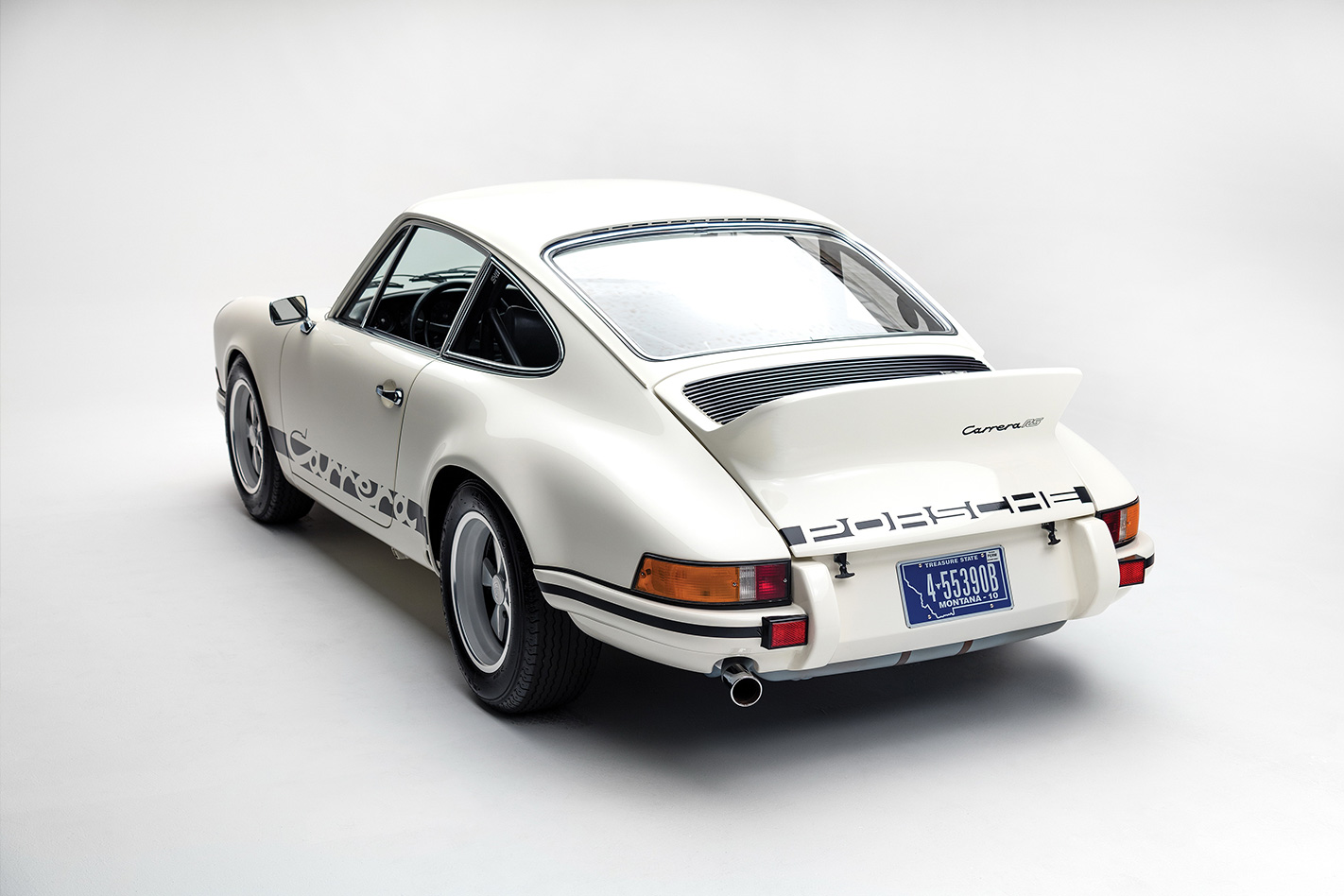This story was first published in March 2021
Just rarely, a car is launched that is so revered that it creates a huge headache for its manufacturer. We examine 10 instances where car makers asked “how the hell do we replace this?”
Porsche 928 | 1977-1995
Many of the truths we cling to depend greatly on our own point of view, as one old man once informed his apprentice. Ernst Fuhrmann knew this better than most. Depending on your standpoint, he’s either the father of the Porsche 911 Turbo or the man who tried to axe Zuffenhausen’s most iconic car for good. To understand why Porsche felt the 911 had outlived its usefulness takes us back to the early 1970s.
The business was in turmoil. In 1972, the company changed to a public limited company, pushing family members to a less influential supervisory board and ousting Butzi Porsche and Ferdinand Piëch entirely. In the US, Porsche’s biggest market at the time, legislators were discussing new crash-protection regulations as well as stricter emissions. Rather than investing in modernising the 911 for these new regulations, Fuhrmann, the chairman of the executive board, favoured a clean-sheet approach.

The Porsche 911 was eight years old at this juncture and far from a legend. In fact, the model designation was as new then as a 918 Spyder would be today. It was respected, but not revered. Fuhrmann’s renunciation of the rear-engine principle involved embracing a more conventional front engine, rear-drive configuration, connected by a combined axle, diff and transmission which he dubbed a “fast shaft” but which we’d call a transaxle; one of the defining features of what was to become the Porsche 928.
This radical pivot was a decision that received near-universal approval. “Everyone was on board,” claimed 928 project director Wolfhelm Gorissen. Development at Weissach started in February 1972. Fuhrmann was keen to develop a 3.3-litre 134 kW powerplant, but this was deemed undersized for the US market and the M28 alloy V8 – the first in Porsche’s history – was signed off, a 4.5-litre 16-valve V8 rated at 180kW in Europe and 163kW in North America.
As well as a new engine, a clever rear passive-steering system, dubbed the Weissach Axle, was introduced as well as an innovative body construction of steel, aluminium, and plastic. The deformable polyurethane bumpers were another world first and passed newly introduced low-speed impact tests. In some ways, Porsche’s engineers were ahead of materials science.

“At that time, we simply didn’t have a paint that could cover steel, aluminium, and polyurethane equally well,” Gorissen recalls. The right paint for the job had yet to be invented – and it was, just in time for the series production.
The 928 was considered a large GT at the time, although it seems incredibly compact by today’s standards, occupying little more road footprint than a modern two-seat Cayman.
Its world debut at the Geneva Motor Show in March of 1977 saw the car hit headlines around the globe. Der Spiegel, Germany’s newspaper of note, claimed that “no other car has played a more crucial role in Porsche’s highs and lows than the 928.” The king was dead. Long live the king.
Except things didn’t turn out that way. Despite the 928 selling 61,506 cars over a 17-year production run, the 911 enjoyed a permanent stay of execution.

In 1982, a new CEO, Peter Schutz, ushered Fuhrmann out the door. Schutz took one look at a product development chart that had the 911 running into the buffers, grabbed a marker and extended the 911 line across the board, way past the 928.
It was a symbolic gesture but it made one thing very clear. There was no Porsche without the 911.
The icon: 1964

Rear Admirable?
It was the 911’s trademark that almost killed it and spawned the 928. After Ralph Nader’s 1966 Corvair expose, Fuhrmann believed rear-engined cars could be banned in the US.
Three ways the 911 had the 928 covered
- Agility: as good as the 928 was, it was never as nimble as the smaller, lighter 911
- Competition history: victories such as the 1973 Targa Florio bolstered 911’s image
- Turbocharging: Fuhrmann himself gave the 911 a new lease of life with the 1975 Turbo





